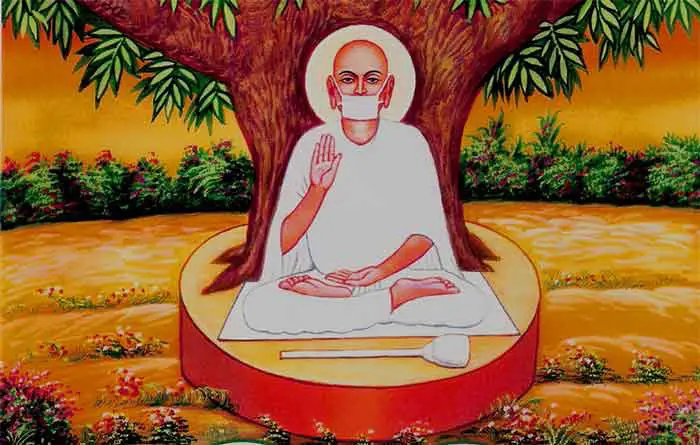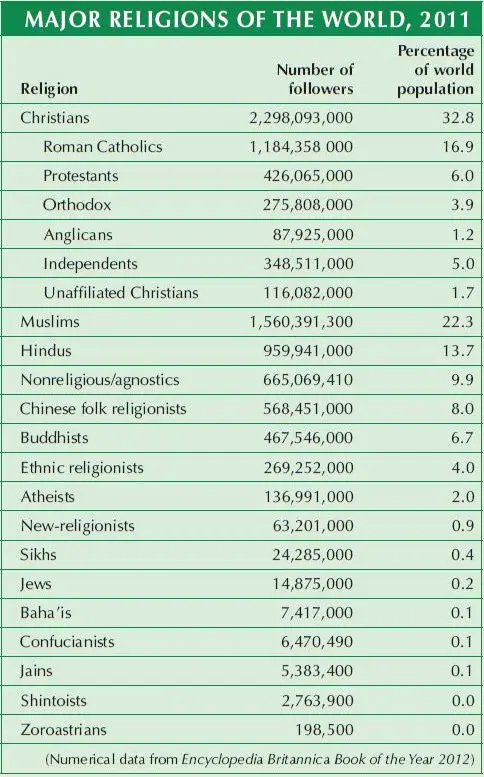Jainism in World Religion | UPSC – IAS
Jainism is another religion of India, with many similarities to early Buddhism. At about the time of the Buddha, the teacher Mahavir (b. 540 b.c.e.), the twenty-fourth in a long lineage of Jain religious leaders, guided the religion into its modern form. The religion takes its name from Mahavir’s designation jina, or conqueror. Like Theravada Buddhists,-
- Jains reject the caste system and the supremacy of brahmin priests,
- Postulating instead that there is no god, but that humans do have souls that they can purify by careful attention to their actions, and especially by practicing nonviolence.
- If they follow the eternal law of ethical treatment of others and devotion to the rather austere rituals of the faith,
- Jains believe they will reach nirvana, which is an end to the cycle of rebirth rather than a rewarding afterlife.
- Jainism’s emphasis on nonviolence is so powerful that Jains typically do not become farmers lest they kill living creatures in the soil.
- In a country that is overwhelmingly agricultural, Jains are usually urban and often businessmen.
- Jainism did not spread outside India, and its four million adherents today live almost entirely in India. Because Jains, like earlier Buddhists, employ brahmin priests to officiate at their life-cycle events, and because they intermarry freely with several Hindu vaishya (business) subcastes, some consider them a branch of Hinduism, although they do not usually regard themselves as Hindus.
- One of the regions of Jain strength in India is western Gujarat, the region where Mahatma Gandhi grew up. The Mahatma attributed his adherence to nonviolence in large part to the influence of Jainism.




